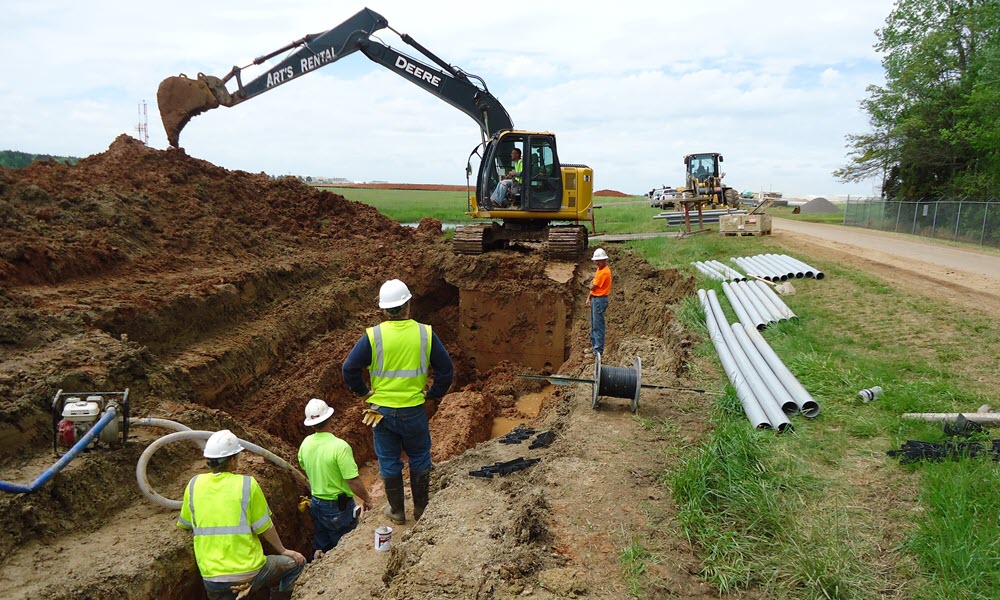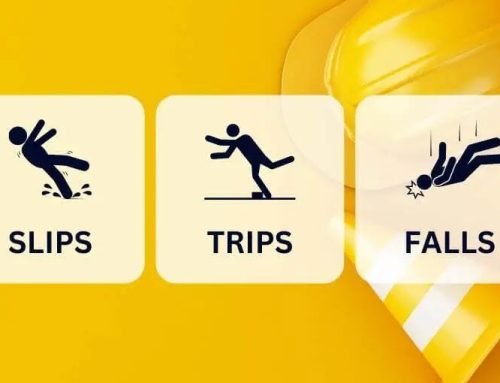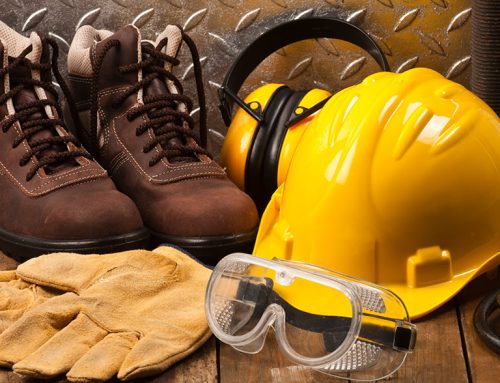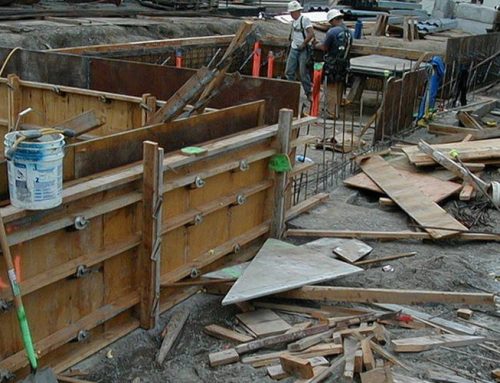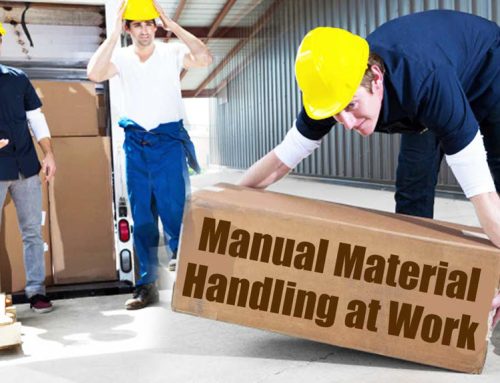What is Excavation Safety?
For construction workers, the excavator has made digging easier, faster and much more efficient. On the other hand, the use of excavators also brings a range of hazards around its use, particularly in the absence of adequate awareness of risks associated with it. By clear risks identification and determining the most suitable ways to reduce these risks, we can ensure workplace safety. One must remember that the people around the excavator can be in danger too. By conducting an excavation safety toolbox talk, supervisors can ensure everyone’s safety by increasing risk awareness related to excavation and controls in place to prevent incidents.
Risk Awareness
It holds paramount value, that personnel involved in excavation or working in an area around the activity, are aware of the related risks. Identifying these hazards, is helpful in avoiding them completely. Likewise, it can facilitate in identifying possible hazards ahead of time as well. Some of the common excavator hazards mentioned below should be included in an excavation toolbox talk.
Maintenance Mistakes
Operators put themselves and those close to them in danger, when they fail to suitably maintain their machines. Even a wrong lock pin, might make a heavy piece come free and crush somebody. Along with improper components, unapproved alterations to the machine can compromise its working or operational reliability.
Buckets or Debris
A major risk factor for the excavator operator, as well as the nearby pedestrians, is falling debris. Material from a load could fall out and harm workers or members of the public around the area where the work is carried out. Similarly, the operators could get hurt if an open cab excavator is used by them. Buckets can also present a severe danger to well-being and safety in addition to falling debris.
Machine Rollovers
An excavation safety toolbox talk, should also cover rollovers. When the operator isn’t operating in a safe manner, then there is a risk that machine rollovers can happen. Rollovers can be caused by the ground revealing under the machine. Additional causes of this, include traveling on a very steep slope, traveling at high speed, as well as traveling with the attachments in an inadequate position.
Contact With Power Lines
Another hazard when operating an excavator are the overhanging power lines. Incidents still happen where excavator operators are killed by electrocution. Usually, contact with power lines take place when operators don’t check the adequacy of overhead clearance.
Precautionary Measures
When the possible risk factors while using an excavator have been discussed in the excavation safety toolbox talk, then we need to look at the precautionary measures to prevent them. Every worker must have a proper understanding of best practice when operating excavators.
We must make sure that our organisation, as well as our employees, have complete awareness about the guidelines and regulations related to excavation. Other employees and equipment should not be working above anyone working in an excavation or trench. Additionally, it must be understood that the excavation should never be left open when no work is being carried out in the area. Similarly, for the protection of workers and members of the public, access need to be prevented through fencing, signage and barricades, so they cannot fall into the excavation. Last but not the least, if there is any sort of possibility for a hazardous environment in an excavation to which employees can be exposed, it needs to be ensured that gas levels are monitored.
If you are looking for a range of ready to deliver toolbox talks, then you might be interested in our toolbox talk packages which include range of toolbox talks at a cost-effective price.

